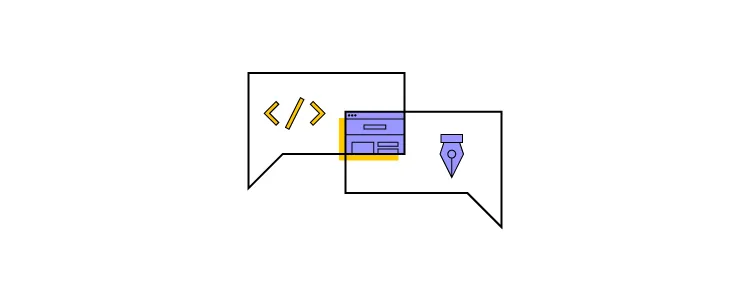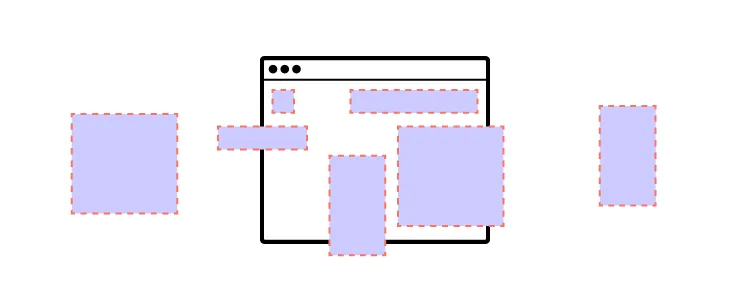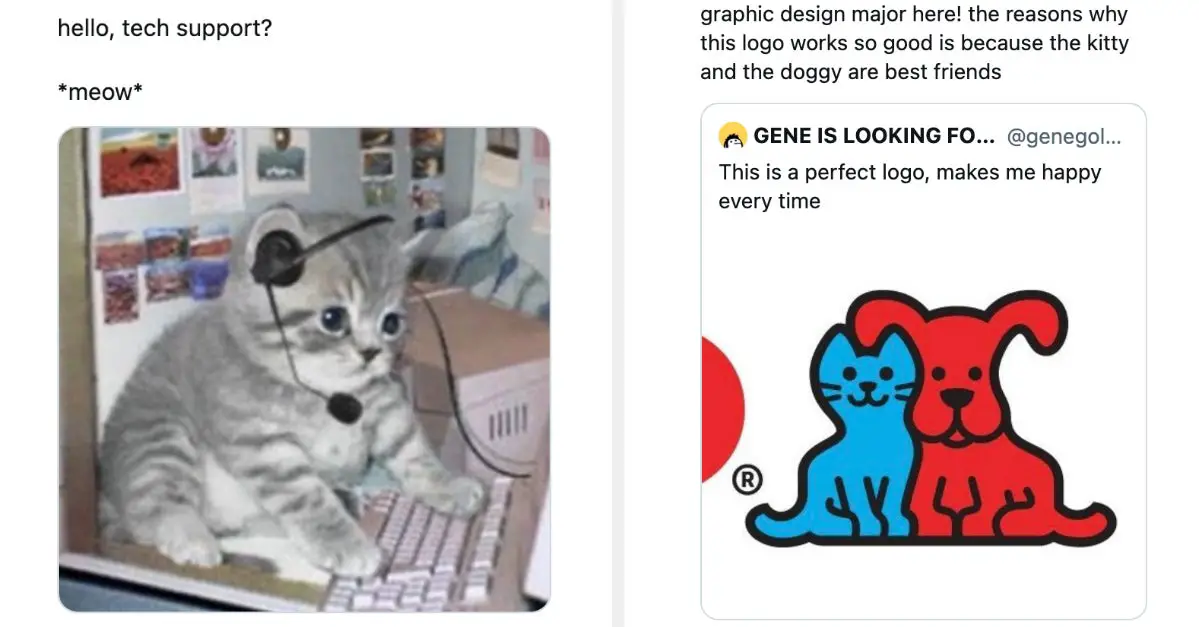Product thinking is where UX design and product management intersect to deliver outcomes that create value for the organization and its users. There are several frameworks for product thinking, but the underlying concept is always the same–finding a problem-solution fit with clear goals and measurable KPIs for a successful product.
Whether you’re a startup or a multinational organization, developing a product-thinking mindset is crucial for modern product development and its highly competitive landscape. Some variation of what you plan to build already exists. It’s about identifying problems and opportunities competitors haven’t seen or aren’t fulfilling.
Experimentation is core to product thinking and finding the right solution. These experiments require MVPs or prototypes to test ideas and hypotheses. UXPin Merge is a powerful design tool empowering product teams to build high-fidelity, fully functioning prototypes with little or no design tool experience. Visit our Merge page for more details.
What is Product Thinking?
Product thinking is a problem-solving methodology for developing valuable solutions for user problems. It looks at how users, technology, and business goals intersect to deliver products that benefit customers while generating a positive return on investment.
One of the fundamental aims of product thinking is to ship value rather than features. Instead of, “this is nice; customers will love it,” product thinking forces teams to ask, “Does this solve a problem? Will customers use it? Is it valuable for customers and the organization?”
Product thinking is crucial for extending a product’s lifecycle as product teams explore new problems, users, and markets.
Product thinking vs. design thinking
Product thinking is a holistic method for understanding users, the market, competitors, business goals, and other influencing factors. When an organization designs a new product, the product management team uses product thinking to understand the problem and decide how to solve it using technology.

Design thinking is more user-centered and focuses on solving a specific user problem. Where product thinking defines what to build, design thinking considers the user experience and solving specific usability issues within a product.
The biggest overlap between these methodologies is that they place users and user problems front and center. The primary differentiator is that product thinking is a broad mindset encompassing multiple factors and complexities, while design thinking focuses on user experience.
The Product Thinking Process
In a webinar with Mind the Product, Merissa Silk outlines a three-part product thinking framework. The framework has many hallmarks of the design thinking process but with a broader scope and a greater emphasis on business goals, the market, and competitors.
Problem
Product managers start by identifying the problem. This first stage looks similar to the empathize and define steps of the design thinking process but looks beyond users to understand the market and competitors. Product teams identify a user problem and analyze it from multiple perspectives to determine the value of solving this issue.
There are two key research tools product teams use to define the problem:
- User personas: understanding users, their motivations, habits, environment, and problems
- JTBD (jobs to be done): a technique for visualizing markets, customers, needs, competitors, and customer segments from multiple perspectives to identify innovative solutions
There are two templates product teams can use to define problems for stakeholders.
Basic template:
Advanced template (5W1H):
- What is the problem?
- Who does it impact?
- Why is this problem important?
- Where does the problem occur?
- When does the problem occur?
- How could we solve this problem?
Opportunity
Next, product teams assess how they might solve the problem and what that will mean for the organization and its users, including the size of the opportunity and the return on investment. They also look at the market opportunity and how solving this problem might increase the organization’s market share or attract new customers.
While assessing the opportunity, product teams may build prototypes to test ideas and hypotheses.
Solution
Finally, product managers must analyze the results and decide which solutions solve the problem best. They must consider multiple factors, including:
- Possible ROI
- Constraints–including financial, human resources, and technical limitations
- How does solving this problem align with the current product roadmap
- Does this new product align with organizational goals?
How to Use Product Thinking for Building Products
Ex-Google PM Prashant Nair outlines a Practical Template for Product Thinking. Prashant makes the case that product thinking isn’t linear like many product frameworks. Instead, product teams use “continuous recalibration” as they move through the process and identify opportunities.

Prashant’s product thinking template has eight “boxes,” each with a set of questions to dig deep and stress test ideas.
- Users
- Market
- Solution
- Build
- Team
- Measure
- Research
- Iterate
PMs start by going through each box systematically and can jump to any box when an idea or opportunity arises.
Users
The first box is identifying your users and understanding their needs. You might ask:
- Who are the direct users?
- Who are the impacted users?
- What are the users trying to achieve?
These are examples; you might have specific questions about your product or market. This step aims to understand your users deeply, their motivations, problems, goals, needs, wants, etc. Using this data, you can create personas to guide the product thinking process.
Market
The second box looks at the market:
- How are the use cases being met today?
- Do you see any gaps/opportunities?
- Are those gaps big enough worth solving?
- Why are market players not solving this problem?
The primary aim of box two is identifying marketing opportunities and assessing whether there is value in solving them. When you identify a problem, it’s crucial to dig deeper and understand why competitors aren’t addressing this issue.
Solution
The first two boxes are designed to find problems and opportunities. The following two boxes focus on solutions and delivery, which brings us to the third box, Solution:
- Does our solution address the gaps providing value to the users?
- Can we sufficiently monetize the value so that our solution is sustainable?
- Have we uncovered any 10X innovation?
Build
The fourth box looks at building an MVP while identifying any challenges:
- How can we test our solution quickly and cheaply?
- How can we anticipate issues and unblock the team?
- How can we ensure a smooth landing?
The build box aims to test solutions. PMs need a cost-effective way to test hypotheses–i.e., prototyping. During the prototyping phase, product teams might identify a new opportunity, returning them to an earlier box to research further. From there, they might jump back to the build box to iterate on a new idea and so on.
At the same time, PMs must anticipate any issues related to the solution; some examples include:
- Regulations or legal implications
- Organizational limitations and capacity
- Cost and resource challenges
- Technical constraints
Lastly, PMs must look at how they might enter the market with this solution and what that process might look like.
Team
The fifth box looks at the organization’s current resources:
- Do we have the right skills and motivations?
- Are incentives aligned?
- Do we have funding/sponsorship to see this through?
The team box is crucial because if you don’t have the skills or resources, the solution is redundant, and you must return to the drawing board.
PMs must also assess whether the solution aligns with the organization’s values, goals, and roadmap. You may have an excellent solution, but if it pulls the organization in a new direction, that could have adverse implications.
Measure
The sixth box looks at key performance indicators (KPIs) for success and failure:
- What metrics will tell us if we are heading in the right direction?
- Have we built the instrumentation to track continuously?
- When things fail, do we have enough granularity to know what is failing?
PMs will identify business and product metrics and measure these across multiple demographics like location, age, language, gender, etc.
The most important thing when designing these metrics is granularity–do you have the ability to pinpoint issues?
Research
Continuous research helps keep product teams in touch with market and competitor changes. Some questions the team might ask include:
- Are we tracking external factors?
- Are we able to generate insights?
- Are the insights making it to the correct forums?
It’s crucial to keep track of external factors like market and competitors because it could render your product redundant. For example, if you’re developing a new crypto product in the United States and the government passes legislation requiring new licenses and oversight, this could increase your time and cost to market. Your company might not have the resources to meet these new requirements.
Any external changes will force PMs to return to earlier boxes to address the new problem and adapt the current solution. Without these research systems in place, PMs risk delivering a product that no longer fits the market or serves users.
Iterate
The final box is Iterate, which is something that applies to all boxes:
- Have we fostered a culture of experimentation?
- Are we making data-driven decisions?
- How fast can we adapt?
Google is one of the world’s leading tech innovations. One way they achieve this is by encouraging experimentation and framing failures as learning experiences, eliminating negative connotations. Innovation and great products come from many iterations. When team members are afraid of failure, they don’t try new things, resulting in mediocre outcomes.
Product teams must measure each iteration using KPIs defined in the Measure box. Those KPIs are crucial for telling team members when something isn’t working and why. They can use this data to make changes and iterate. Data-driven decision-making also informs teams when to abandon an idea altogether.
Product teams must go through each box systematically to create a baseline. Then, when they make a change to one box, they have to recalibrate the other seven to get a holistic view of the product idea.
UXPin Merge enables UX designers and product teams to build fully functioning prototypes using interactive components. Product teams can iterate on new ideas and test hypotheses faster than traditional design tools or code.
“With UXPin Merge, some of our product managers can build similar one-page prototypes in eight to ten minutes—the same time it takes our experienced designers in UXPin! Before, with our limited resources and designers, a one-page product would take two or three months just to design mockups. Now product teams can design and deliver a product within the same time frame.” Erica Rider, UX Lead EPX at PayPal
Revolutionize your product thinking and build better MVPs with the world’s most advanced design tool. Visit our Merge page for more details.
Source link







Leave a Reply